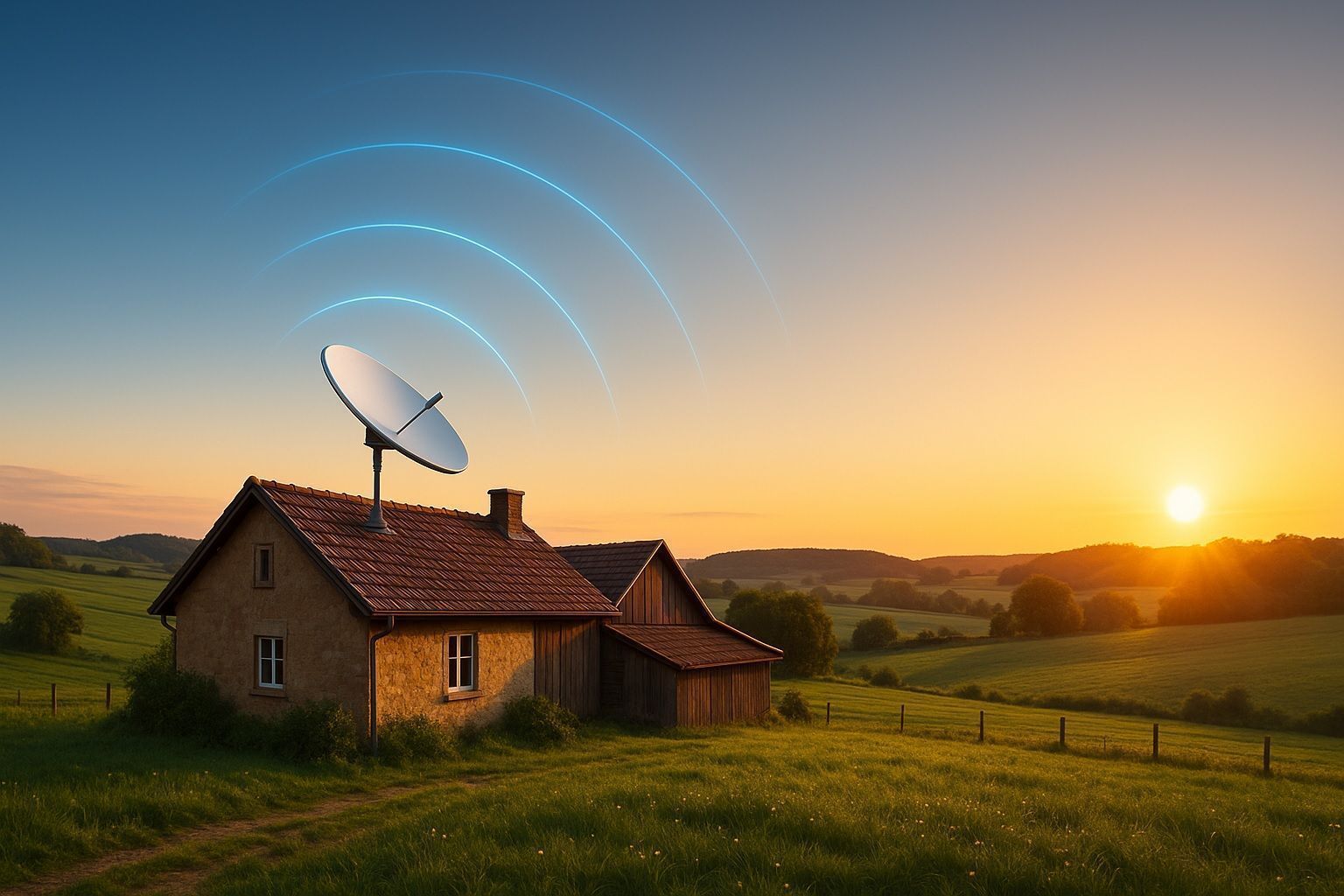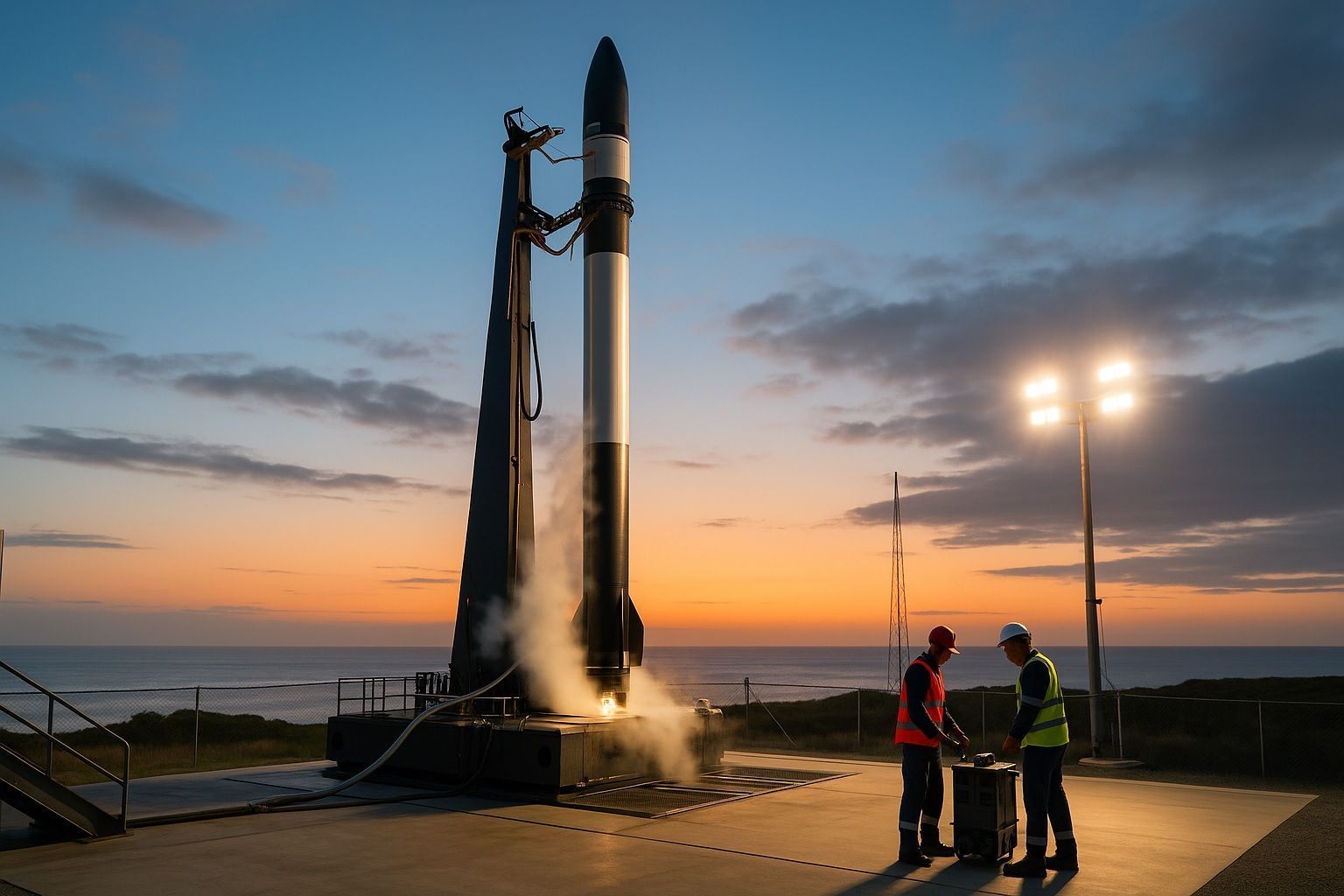
Virtual Reality in 2025: Latest Trends, New Releases and Industry Outlook (Updated: June 27th, 2025)
Meta’s Quest 3, released in late 2023, is a standalone VR headset with mixed reality capabilities that is roughly twice as powerful as its predecessor and features high-resolution pancake lenses plus full-color passthrough for MR. Apple’s Vision Pro, announced in









